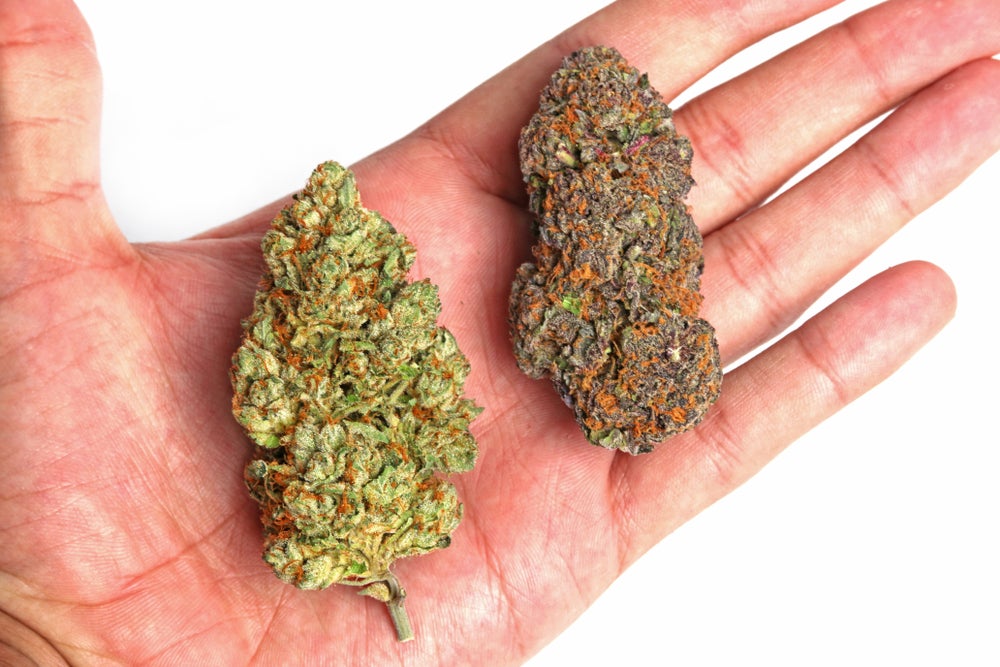For both novice and expert cannabis cultivators, growing different strains from clones can offer many advantages compared to starting from seed. Clones provide female genetics guaranteed to flower, uniform growth, and faster harvesting. However, cloning and growing different marijuana strains also comes with some potential downsides to consider. Looking at the key pros and cons helps growers decide if working with clones is right for their situation.
Pros of Growing Different Strains from Clones
Guaranteed Female Plants
Unlike growing from seed, propagating different strains from cuttings ensures that all resulting plants will be female. This eliminates the hassle, time, and space required to germinate seeds, wait for sex to show, and cull males. With clones, every plant grown to maturity will produce resinous buds. For home growers with limited space, this greatly improves efficiency.
Zero Risk of Hermaphrodites
Male and hermaphrodite cannabis plants produce pollen sacs that can pollinate female flowers, resulting in seeds. Hermies arise from stress and genetic issues and endanger a sinsemilla crop. Clones taken from verified female mother plants eliminate this risk. You never have to worry about pollination ruining your harvest.
Uniform, Consistent Growth
Plants grown from clippings of the same mother exhibit very uniform, consistent traits. Their flowering times, growth patterns, yields and bud structures remain stable and predictable. Growing from seed produces more variety in maturation rates, size, yields, and potency even among the same strain. The consistency of clone crops makes feeding schedules, training, and harvesting easier to plan and manage.
Faster Harvests
Clones taken from mature mother plants skip the full seedling stage. This allows growers to get their raised beds or hydro systems full faster. Clones transplant directly into flowering for faster harvests compared to growing from seed. Being able to rotate mature and freshly-rooted plants offsets harvests for a continual supply.
Preserving Rare or Elite Genetics
Highly sought-after strains from elite breeders often come in short supply as either seeds or clippings. Growing from clones enables you to keep rare genetics alive indefinitely through new generations. Preserving special strains means you don’t have to go through the time and cost of procuring new seeds when your supply runs out.
Lower Costs
Purchasing feminized seeds of different strains can get very expensive, especially for rare or imported genetics. Cuttings are generally cheaper and easy to produce in bulk. Taking your own clones from mother plants means you can keep regenerating the same genetics indefinitely at little ongoing cost.
Cons of Growing Different Marijuana Strains from Clones
Higher Upfront Time Investment
It takes diligent care and a few weeks to properly root clone cuttings and get them established. Growing from seed is faster and easier initially. However, cloning does pay off this time investment with faster harvests down the road. Properly caring for mother plants also requires some ongoing time.
Potential for Disease Transmission
Because clones are genetically identical, any pest or disease issues can rapidly spread through crops grown from the same clippings. When taking cuttings from an infected mother plant, the resulting clones will carry the problem as well. Starting from seed gives each plant a “clean slate”. Maintaining rigorous cleanliness when cloning is crucial.
Lack of Genetic Diversity
While uniformity has advantages for growers, a crop of clones lacks the genetic diversity that comes with growing from seed. Environmental stresses like excessive heat may negatively impact a whole clone crop similarly. Seeds add varied genetics that can potentially handle stresses better.
No New Traits Emerge
Growing from seed always provides some randomness and outliers with possibly useful new traits. Clones remain uniform. For breeders and growers trying to develop new strains, seed plants are necessary to advance genetics. Clones can only preserve existing characteristics.
Potential Decline Over Generations
When taking clones from clones over many generations, there is some risk of degradation in vigor and potency over time. Occasional reverts to seed stock introduce new genetic diversity. However, done properly, clones can continue producing reliably for many years.
As with any cultivation method, cloning cannabis plants comes with pluses and minuses to weigh. For most home growers, the benefits of guaranteed females, uniformity, and cost savings make growing different strains from cuttings ideal. While cloning does require some specialized skills like sterile technique, the ability to continue propagating elite plants without buying more seeds is huge. Maximize results by starting with vigorous, healthy mother plants, be diligent in preventing disease, and regenerate mothers from seed every few years. Follow best practices and growing different marijuana strains from clones leverages major advantages with few real downsides.
Looking for practical tips on Cannabis Plant? Our recent blog post on “How Long Does It Take To Fully Grow A Cannabis Plant?” provides valuable insights and actionable advice.












